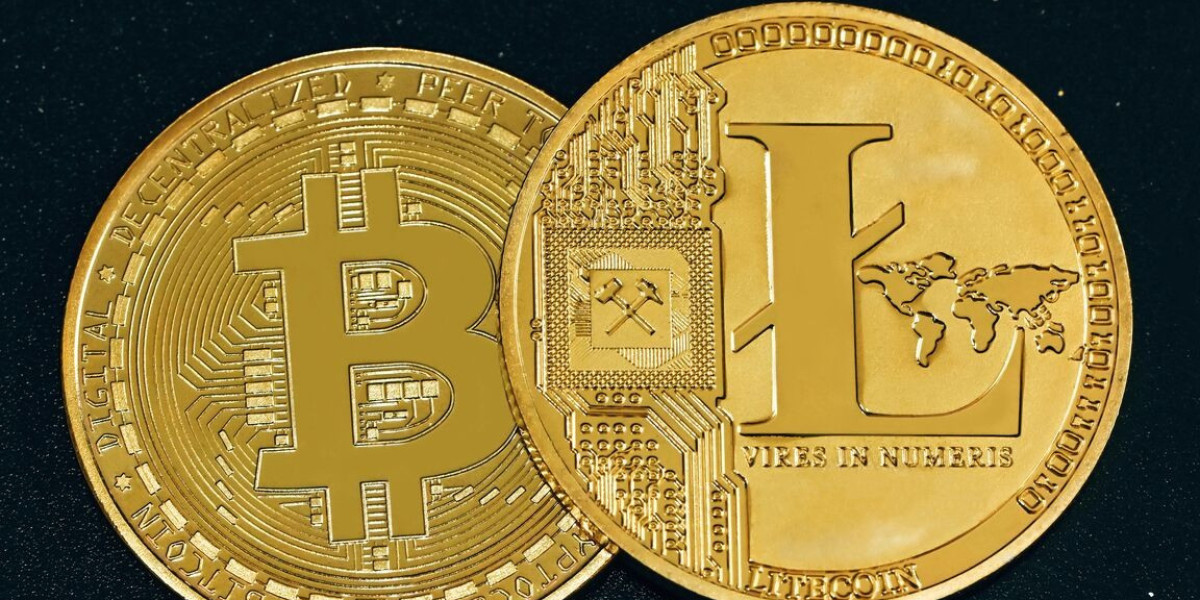Crypto mining is the process by which transactions are verified and added to a blockchain ledger. In proof-of-work systems, such as Bitcoin, mining involves solving complex mathematical problems with computational power. When a miner successfully solves a problem, they validate a block of transactions and are rewarded with newly minted coins and transaction fees.
This system incentivizes participants to contribute their resources while ensuring that the blockchain remains secure and immutable.
The Mining Process Explained
The mining process can be broken down into several steps:
Transaction Broadcasting: Users send cryptocurrency transactions, which are broadcast to the network.
Block Formation: Miners collect pending transactions and group them into a block.
Proof-of-Work: Miners compete to solve a cryptographic puzzle that requires significant computational power.
Block Validation: The first miner to solve the puzzle broadcasts the solution to the network for verification.
Reward Distribution: The miner receives a block reward and transaction fees.
Blockchain Update: The new block is added to the chain, and the process repeats.
Mining Equipment
Mining started with standard computer CPUs but quickly evolved to require more powerful hardware. Today, mining typically uses:
GPUs (Graphics Processing Units): Common for mining coins like Ethereum before its transition to proof-of-stake.
ASICs (Application-Specific Integrated Circuits): Specialized devices built specifically for mining certain cryptocurrencies, offering unmatched efficiency for networks like Bitcoin.
Mining Rigs and Farms: Large-scale operations with hundreds or thousands of machines running 24/7.
The type of equipment used depends on the cryptocurrency being mined and the competitiveness of the network.
The Economics of Mining
Mining can be profitable, but it is heavily influenced by several factors:
Electricity Costs: Mining consumes vast amounts of energy, making electricity prices a key determinant of profitability.
Hardware Costs: Specialized mining equipment requires significant upfront investment.
Difficulty Adjustment: Blockchains adjust mining difficulty to keep block production consistent, which impacts earnings.
Market Prices: The value of mined coins plays a major role in determining returns.
As mining difficulty increases and block rewards decrease over time, miners must remain efficient to stay competitive.
Environmental Concerns
One of the most debated aspects of crypto mining is its environmental impact. Proof-of-work systems consume large amounts of electricity, leading to criticism about carbon emissions and resource use. Some regions with cheap electricity have seen mining booms, while others have restricted mining due to energy strain.
In response, miners are increasingly turning to renewable energy sources, such as hydroelectric, solar, and wind power. The industry is also exploring more efficient hardware and cooling systems to reduce energy consumption.
Alternatives to Mining
While mining remains central to proof-of-work blockchains, many newer networks are adopting alternative consensus mechanisms:
Proof-of-Stake (PoS): Validators are chosen to create blocks based on the amount of cryptocurrency they hold and lock up as collateral. This method is far more energy-efficient.
Hybrid Models: Some blockchains combine proof-of-work and proof-of-stake to balance security and efficiency.
These innovations aim to reduce energy consumption while maintaining decentralization and security.
The Future of Mining
Crypto mining is evolving as technology and regulation progress. Several trends are shaping its future:
Shift to Renewable Energy: Greater emphasis on sustainable energy sources to reduce environmental impact.
Geographic Relocation: Mining operations are moving to regions with favorable policies and lower energy costs.
Declining Block Rewards: As networks like Bitcoin approach their maximum supply, transaction fees will become more important for miner incentives.
Innovation in Hardware: Ongoing development of more efficient mining equipment will continue to change the landscape.
Conclusion
Crypto mining is more than just generating digital coins; it is the foundation of blockchain security and trust. Despite challenges such as high energy consumption and rising competition, mining remains a vital component of decentralized networks. As the industry adapts to environmental concerns and explores alternative consensus models, the role of mining will continue to evolve. Whether through proof-of-work, proof-of-stake, or hybrid solutions, securing blockchain networks will remain essential to the growth of the digital economy.
Important Links
Can Memecoins Survive a Crypto Market Crash
Are Memecoins Just a Trend or the Future of Crypto
How Do Memecoins Gain Value Without Real-World Use
Can Cryptocurrency Replace Traditional Banking
Can Memecoins Ever Become Mainstream Currency




